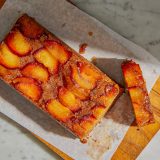Consider white all-purpose flour. It has little flavor, yet it is the major ingredient in most baked goods. And this is, in part, the culinary story of the 19th century. Grains and sugars became more highly processed, robbing them of nutrition and flavor. This trend was so pernicious that whole-grain promoters such as Sylvester Graham (graham or whole-wheat flour) and the Kellogg brothers (healthful, natural morning cereals) gained a foothold in the American economy and psyche.
Since the whole food movement of the 1970s, pastry chefs and bakeries have been fighting back a second time. The raw brownie with dates and nuts may not be to your liking, but substituting more flavorful and often more whole-grain flours such as rye for some of the all-purpose flour is an easy way to add flavor and layer in a slightly bitter undercurrent that contrasts nicely with sweet.
This is a lesson I learned firsthand from Claire Ptak of Violet Cakes in East London. The former pastry chef at Chez Panisse in Berkeley, California, she emigrated to London, opened a food stall at Covent Garden, and then opened Violet in 2010. She went on to bake the royal wedding cake in 2019 for Harry and Meghan, and during COVID, her small, charming bakery (cupcakes galore) reduced its walk-in footprint to a small counter, the rest of the space filled with giant Hobart mixers and revolving convection ovens. But it is still a place of wonder for anyone who has the baking urge. It’s the sort of place that Roald Dahl would conjure up—one part magical, one part heartfelt and one part delicious.
Violet Cakes is the sort of place that Roald Dahl would conjure up—
one part magical, one part heartfelt and one part delicious.
Today’s lesson was an upside-down cardamom plum cake. At Violet, Ptak used fresh figs instead of plums, but the rest of the loaf was the same. No all-purpose flour called for—just five parts almond flour to three parts rye. A quick caramel sauce is made and poured into the loaf pan, followed by the sliced fruit. The method is standard—cream butter with orange zest, add the sugar and beat until fluffy, and then the whisked eggs and vanilla. Finish off by adding the flour gently (mixed with leaveners and cardamom and salt) and then fold to mix. Great taste, but the cake fell apart when sliced.
Gluten creates structure, which is why gluten-free cakes and breads often result in serious structural problems. In this recipe, there is not a lot of gluten to work with, since almond flour contains no gluten and rye flour is lower in gluten than all-purpose, hence the fall-apart texture.
The solution was to include an extra egg white, which adds structure due to its high protein content and additional moisture. (Egg yolks do the opposite—they weaken structure and make cakes drier.) Increasing the oven to 375°F (from 350°F), upping the baking time and allowing the cake to cool down completely before slicing also helped. And we found that an 8½-by-4½-inch pan worked better than 9-by-5, the latter being a standard size.
Claire Ptak and many other bakers often partially substitute rye flour (made from ground rye berries) for bland all-purpose in order to boost flavor. But how does this substitution work? Our kitchen tested three recipes: biscuits, pancakes and yellow cake, and we tried variations of each: using 100 percent all-purpose flour, substituting 25 percent rye and, finally, 50 percent rye. Even without adjusting the liquid amount (rye flour absorbs eight times its weight of water, while all-purpose flour absorbs only two times its weight of water), the results were promising. The 50 percent rye flour pancakes were a clear winner, the 25 percent rye yellow cake was the preferred percentage, but the biscuits turned out dry without properly adjusting for liquid. When we did adjust for liquid, the results were much better. Ptak agrees with our results: “For cookies and scones and pancakes, I tend to do 50 percent of a whole-meal flour with a plain all-purpose flour and get great results. Cake is a different beast. It can become dry, so I like to do more of a 33 percent ratio,” she says. Two other tips: As a whole-grain flour, rye has more flavor and nutrients. However, it is less able to form gluten. Finally, to adjust the liquid, use whole eggs in place of yolks, if yolks are called for in the recipe. If not, simply increase the liquid by 10 percent if replacing half of the all-purpose flour and by 5 percent if replacing 25 percent.
Upside-Down Cardamom-Spiced Plum Cake
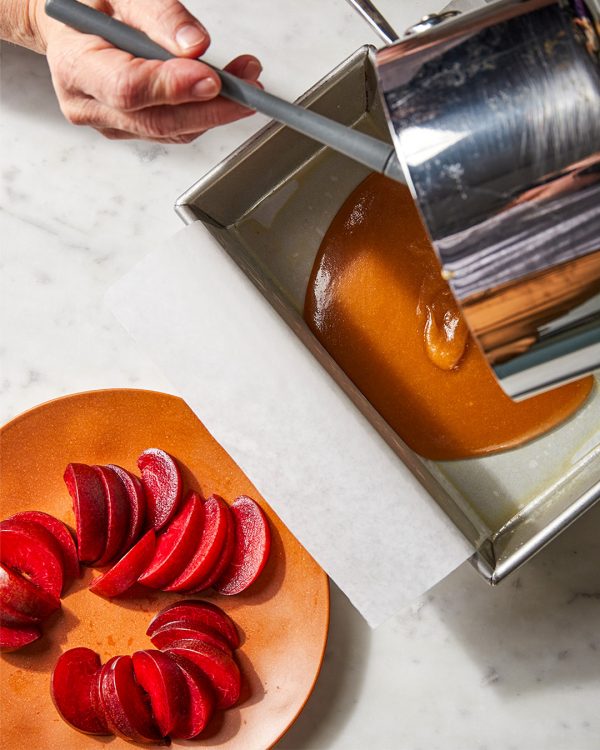
1. Transfer the caramel to the prepared loaf pan and, using a silicone spatula, distribute the caramel in an even layer across the surface.
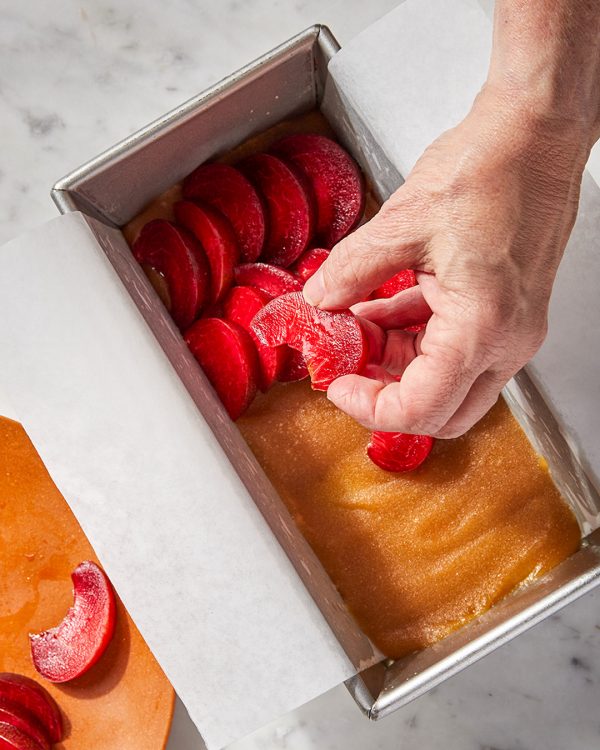
2. Place the plum slices in the caramel, overlapping them as needed to fit. Sprinkle the salt over the fruit; set aside.
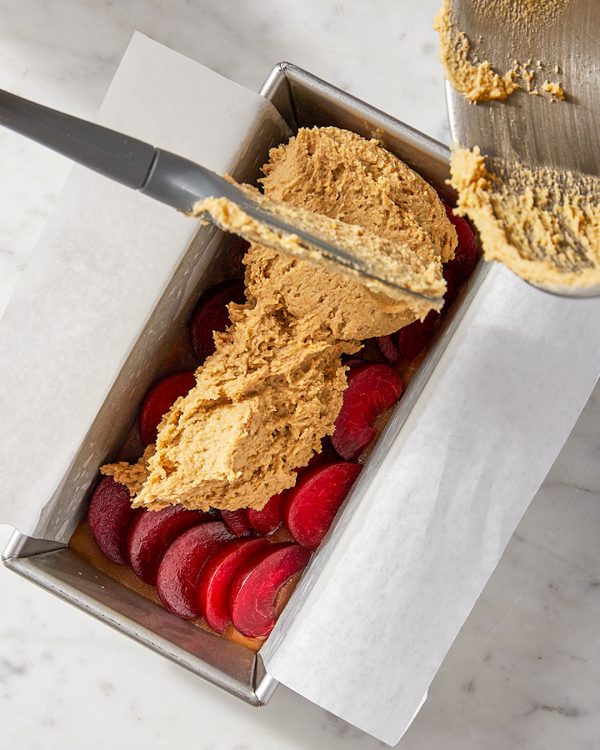
3. Prepare the cake batter, taking care not to overmix it; the batter will be thick. Then scrape the batter onto the fruit in the loaf pan.
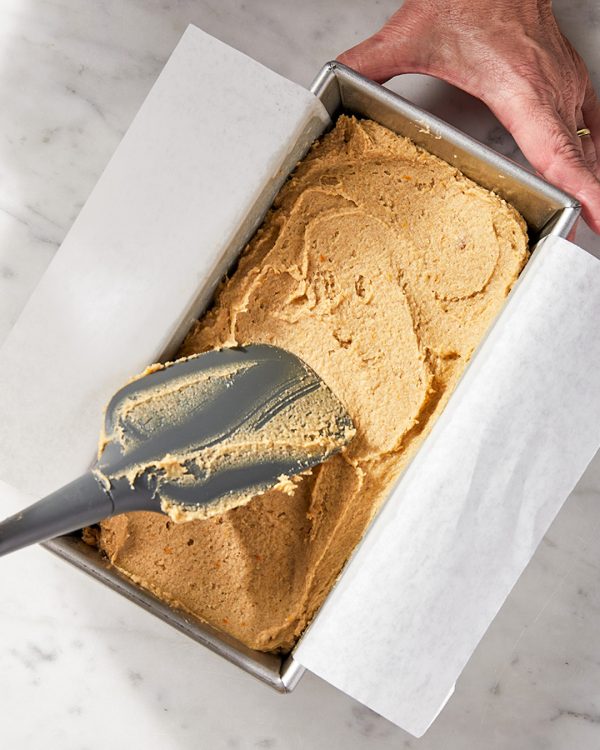
4. Spread the batter in an even layer and smooth the surface. Bake until the top of the cake is deeply browned, 55 to 60 minutes.
Related Recipes
September - October 2023

Sign up to receive texts
Successfully signed up to receive texts!
We'll only send our very best offers - Like a $15 store credit to start.
By entering your phone number and submitting this form, you consent to receive marketing text messages (such as promotion codes and cart reminders) from Christopher Kimball's Milk Street at the number provided, including messages sent by autodialer. Consent is not a condition of any purchase. Message and data rates may apply. Message frequency varies. You can unsubscribe at any time by replying STOP or clicking the unsubscribe link (where available) in one of our messages. View our Privacy Policy and Terms of Service.
